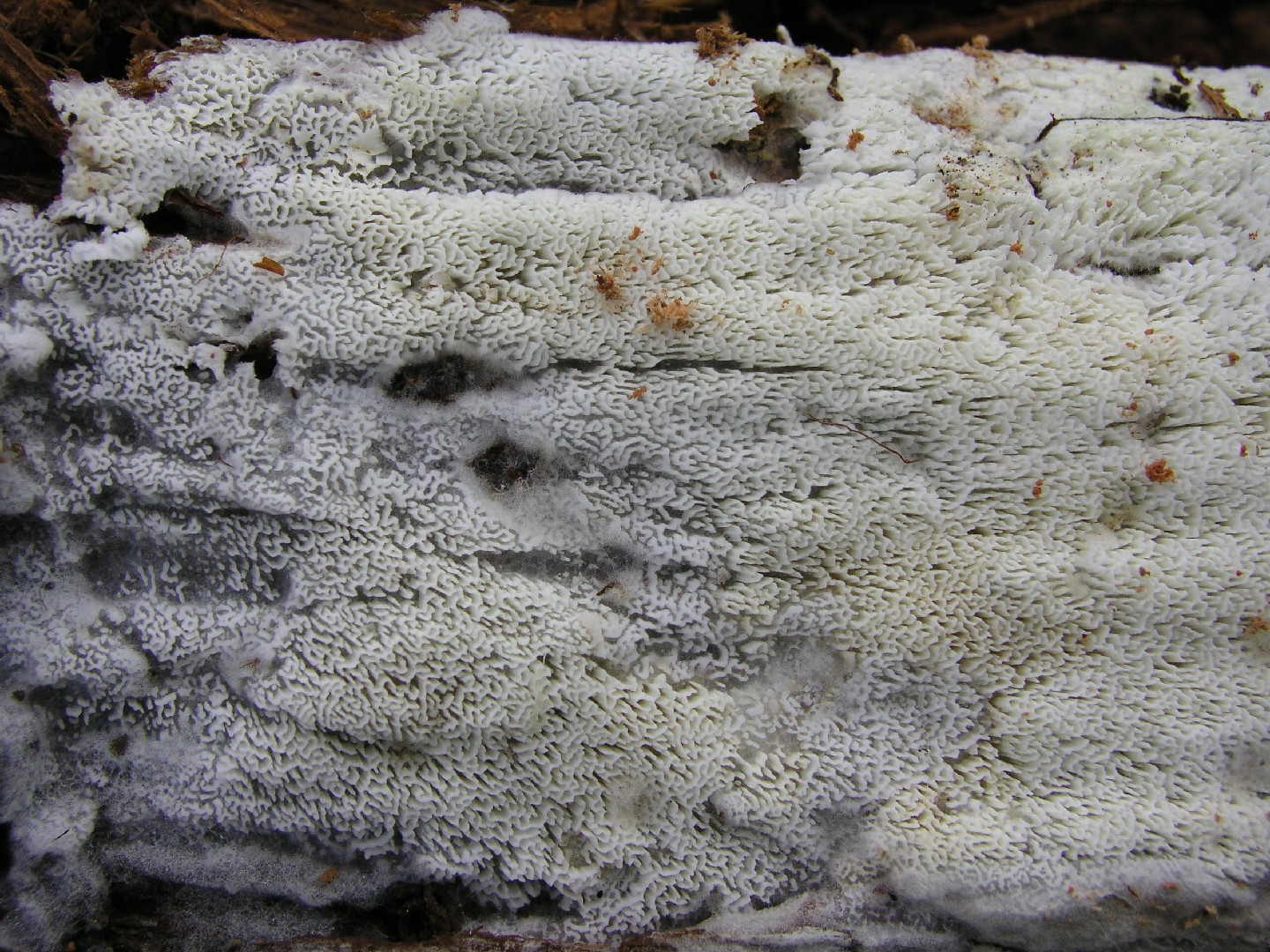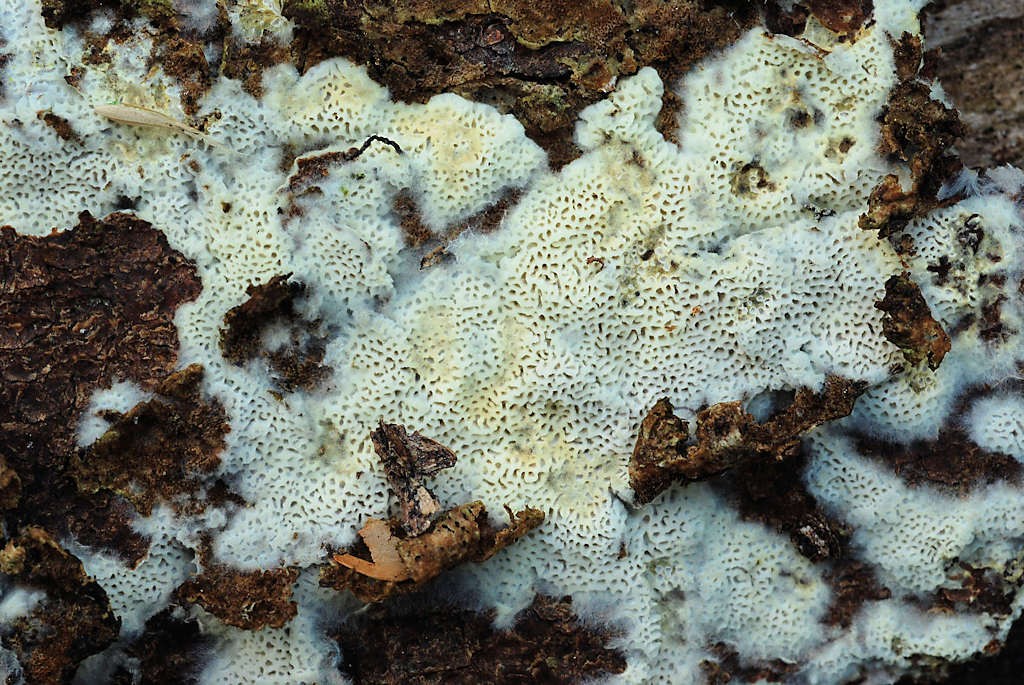Anomoporia
Scientific name: Anomoporia
Anomoporia
Scientific name: Anomoporia
 Photo By Olli Manninen , used under CC-BY-SA-4.0 /Cropped and compressed from original
Photo By Olli Manninen , used under CC-BY-SA-4.0 /Cropped and compressed from original Description
Anomoporia is known for forming crust-like structures on decomposing wood, often in temperate forests. This group stands out due to its role in breaking down dead organic matter, thereby recycling nutrients back into the ecosystem. Anomoporia typically appears as thin, spreading patches that can range in color from white to yellowish. While not easily noticed, they play a crucial role in forest health by aiding decomposition processes.
Species of Anomoporia
Care Guide for Anomoporia
Scientific Classification
Phylum
Club fungi Class
Mushroom-forming fungi Order
Shelf fungi Family
Bracket polypores Genus
Anomoporia 